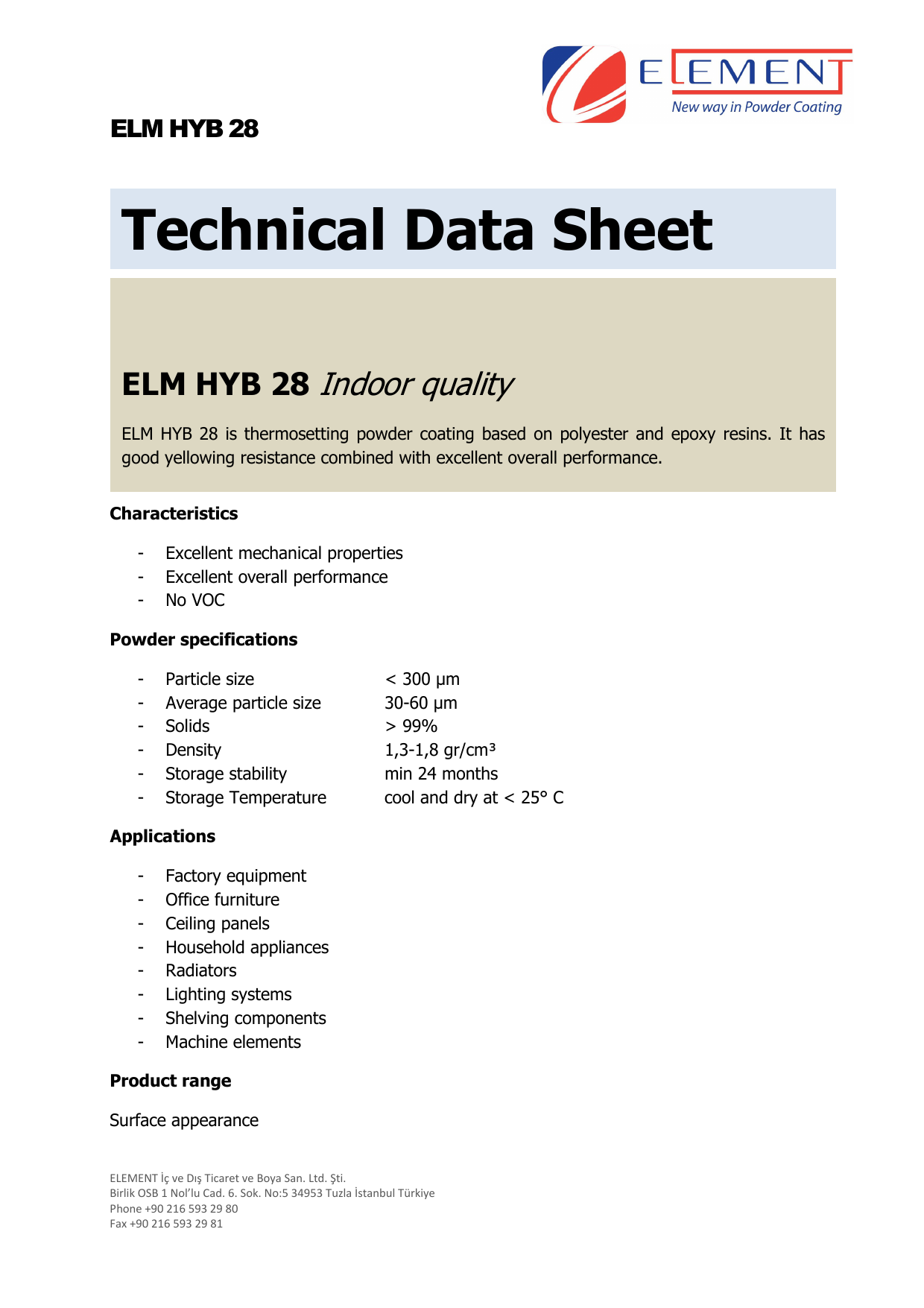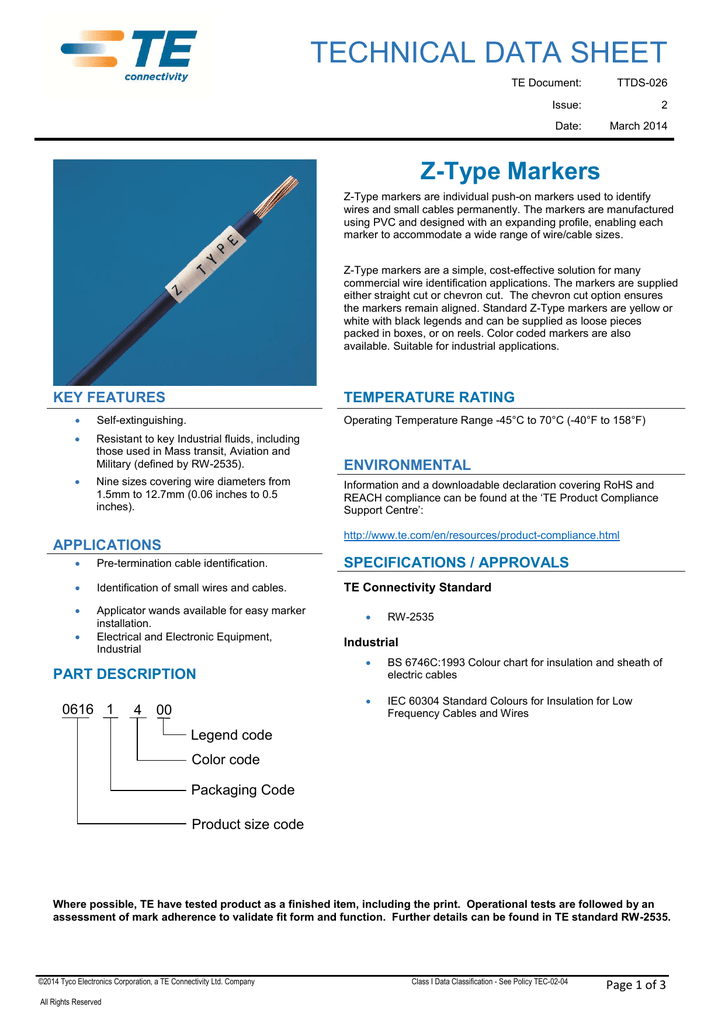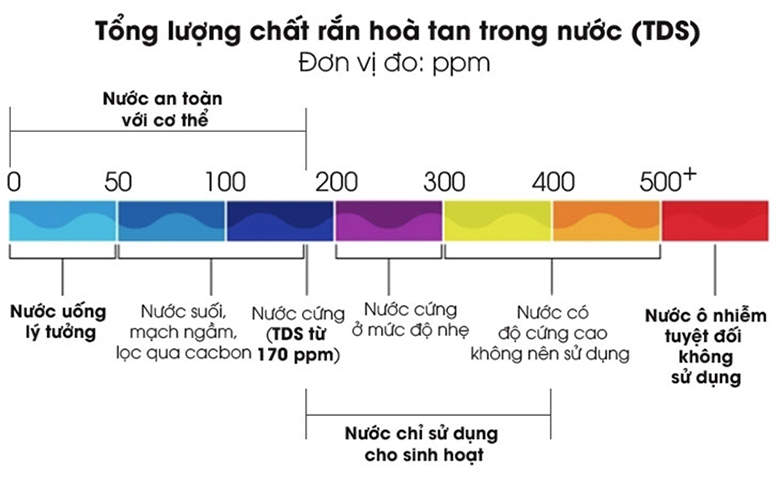Basic information about Technical Data Sheet (TDS)
A technical data sheet (TDS) is a document that provides detailed information about the technical specifications, properties, characteristics, and performance of a product or material. It is commonly used in various industries, including manufacturing, construction, chemicals, automotive, electronics, and more.
Purpose and content
A TDS typically includes:
- Product Composition: Details about the ingredients or components.
- Methods of Use: Instructions on how to use the product.
- Operating Requirements: Conditions necessary for optimal performance.
- Common Applications: Where and how the product is commonly used.
- Warnings: Safety precautions or risks associated with the product.
- Product Images: Visual representations.
It may also be referred to as a product data sheet.
TDSs serve as a way to relay relevant information that can be useful in health protection, safety in the workplace, and environmental protection.
Uses and importance
- Information Conveyance: TDSs provide useful tips about the product, including its composition, usage guidelines, and safety considerations.
- Advertising: They may contain colorful illustrations and sections describing the benefits the product offers to end users.
- Different from MSDS: TDSs are distinct from material safety data sheets (MSDS). While MSDS focuses on product dangers, TDSs summarize product characteristics without the specific goal of warning about hazards.
- Not Universally Mandated: Unlike MSDS, which is often required, TDSs are not universally mandated. However, they play a crucial role in trade by providing essential technical information.

Key components
- Product Description: An overview of the product, including its name, model number, and intended use.
- Composition: A list of ingredients or components used in the product, along with their proportions or concentrations.
- Physical Properties: Information about the physical characteristics of the product, such as color, odor, appearance, density, viscosity, and pH level.
- Chemical Properties: Details about the chemical composition and behavior of the product, including any hazardous substances, chemical reactions, or compatibility with other materials.
- Mechanical Properties: Data related to the product’s mechanical performance, such as tensile strength, elasticity, hardness, and impact resistance.
- Electrical Properties: Information about the product’s electrical properties, such as conductivity, resistivity, dielectric strength, and insulation properties.
- Thermal Properties: Data regarding the product’s thermal behavior, including heat resistance, thermal conductivity, thermal expansion coefficient, and operating temperature range.
- Environmental Properties: Information about the product’s environmental impact, including biodegradability, toxicity, recyclability, and compliance with regulatory standards.
- Safety Information: Details about any potential hazards associated with the product, including handling precautions, storage requirements, safety recommendations, and emergency procedures.
- Application Guidelines: Instructions for proper use, application methods, storage conditions, handling precautions, and recommended practices to achieve optimal performance and safety.
How to compose a TDS
Gather Product Information
Collect all relevant information about the product, including its name, model number, description, intended use, and any regulatory or industry standards it must comply with.
Identify Technical Specifications
Determine the key technical specifications and properties of the product that need to be included in the TDS. This may include physical, chemical, mechanical, electrical, thermal, and environmental properties.
Compile Data and Test Results
Gather data from product testing, analysis, research, and development to provide accurate and reliable information for the TDS. This may involve conducting laboratory tests, performance evaluations, and quality assurance checks.
Organize the Content
Structure the TDS in a clear and organized format, with sections devoted to different aspects of the product’s technical information. Common sections include:
- Product Description
- Composition
- Physical Properties
- Chemical Properties
- Mechanical Properties
- Electrical Properties
- Thermal Properties
- Environmental Properties
- Safety Information
- Application Guidelines

Write Descriptive Text
Write detailed descriptions and explanations for each section of the TDS, providing clear and concise information about the product’s characteristics, specifications, and performance. Use technical terminology and measurements where appropriate.
Include Tables, Graphs, and Diagrams
Use tables, graphs, charts, and diagrams to present data and technical information in a visually appealing and easy-to-understand format. This can help readers quickly grasp complex information and compare different product attributes.
Provide Safety Information
Include safety data, hazard warnings, handling precautions, storage requirements, emergency procedures, and regulatory compliance information to ensure safe use and handling of the product.
Review and Edit
Review the TDS carefully to ensure accuracy, consistency, and completeness of information. Edit the content for clarity, coherence, and readability, and make any necessary revisions or corrections.
Format the Document
Format the TDS using professional design and layout techniques to create a polished and professional-looking document. Use headings, subheadings, bullet points, and numbering to organize information and improve readability.
Finalize and Distribute
Once the TDS is complete, finalize the document, and prepare it for distribution to stakeholders, customers, regulatory authorities, and other relevant parties. Consider publishing the TDS on your company’s website or including it with product packaging or marketing materials.
Read more:
WHAT YOU NEED TO KNOW ABOUT COMMERCIAL INVOICE

